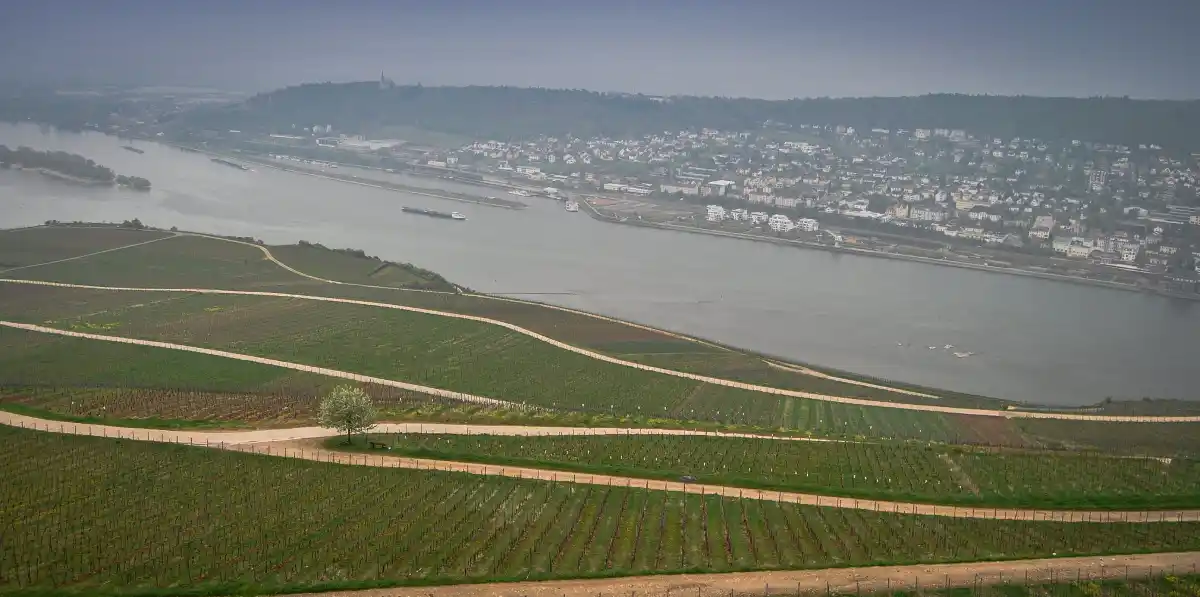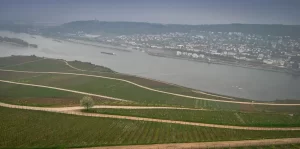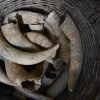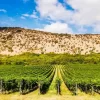My confession is very simple if I have to choose a white grape variety for the rest of my life, it would be Riesling. No question. Why? It has the potential to make some of the greatest wines in the universe (I guess let’s be very bold here), it is tremendously versatile, it can age extremely well and gracefully, and the list goes on.
The history of Riesling
But since it’s personal I must add my German descent, and it is Germany’s number one grape. But hold on is Riesling originally from Germany? Most likely, yes the majority of the source will quote German origin, in particular the Rhein area. Probably a natural cross between Gouais Blanc and variety which is related to Traminer. According to the German Wine Institute, the first mention of the variety goes back to the 13th of March 1435. Yet it took a few hundred years to reach popularity throughout Germany. Based on the research of Prof. Dr Jürgen Udolph there are a few theories on the names, at the first mention it was written: „Rießlingen” back in 1435 and then through some changes throughout time (based on various locations from Elsass, Pfalz to Mosel – they spelt it all slightly differently through the course of history) we get to the writing of „Riesling” in 1552. The etymology may refer to the slipping (reissen in German) or the possibility of millerandage (verrieseln in German).
The style of Riesling
„Riesling can do anything, just no reds.” It may indeed produce from simple to excellent quality, as well as light to almost full-bodied (if you tried dry Auslese you know) whites, from dry to sweet and sparkling it is capable to show many faces.
I love to teach with Riesling, especially the balance between acidity and sweetness. It is remarkable this delicate play, especially in German wines. Juicy, lively, vivid, bright just a few descriptors, Riesling feels like a very fine sharp yet light-handed sword and cuts through everything (in this case fruit) and the bright juicy sweetness just coats your palate, when young. But Riesling can age beautifully, gracefully. Micheal Broadbent MW recalls in his book Vintage Wine Companion, the 1727 vintage of Rüdesheimer Apostelwein from the Ratskeller in Bremen. If in any doubt I would always be confident to pick an „aged Riesling” and worry little to none -if it was well kept- that it shows graceful, stunning aromas, flavours and still a lively structure, and remain exciting.
There is something charming about Riesling, fine Riesling has truly a personality, and it encompasses all the treats which one is looking for in a great variety and wine. Yes, there are a few „unwritten rules” when it comes to Riesling, like no blending, no new oak, and a few other things. But again it’s not about the rules, it’s more that Riesling is a great ambassador for provenance; it reflects the origin very much.
Where is Riesling?
At the Wine and Spirit Education Trust (WSET) Riesling is a key variety throughout the various levels. Classic countries and origins consist of Germany, Alsace/France and Austria in Europe. Followed by Australia in the New World. But there is some substantial quantity of Riesling in Luxembourg (continuation of the Mosel River), and in the cooler parts of Europe in general, like Hungary, Czech Republic, and Slovakia. Apart from Australia, New Zealand and Northern America, especially East Coast USA, and on the other side Oregon and Washington State have increased plantings as well as Canada of course.
The most important thought, however, is, to have a glass of fine Riesling as it goes with virtually any food (depending on weight and sweetness level), but if you just sip by itself consider sweetness level, and style and be open-minded.
How to pronounce Riesling and more information? Check out my podcast on Riesling







